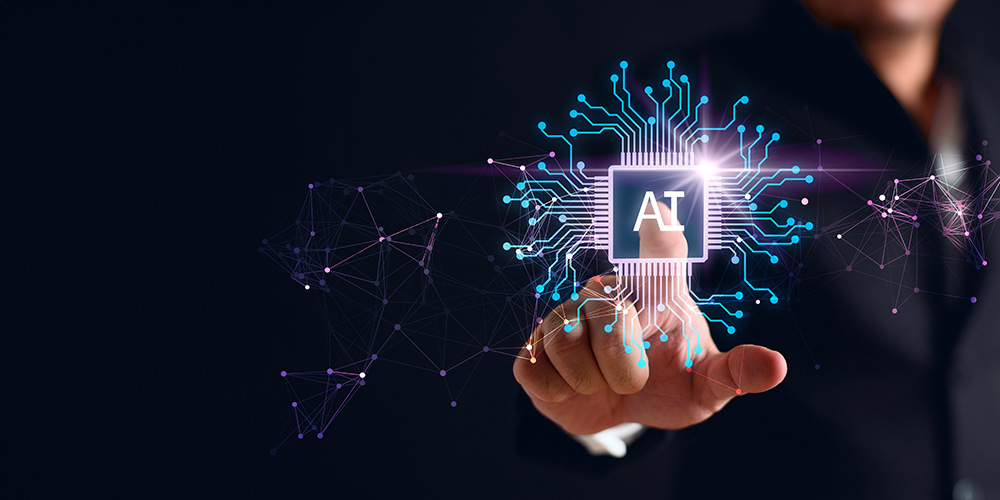
Sep 14, 2023 | SMB Technology, SMB Technology, SMB Technology, SMB Technology, Technology News
While cloud computing is now a common way to provision computing resources and outsource IT functions, security can be a (perceived) obstacle to adoption. Cloud security can be a shared responsibility, however, between the customer and provider. Read on to learn more about what to expect from a current or prospective provider, and what you can do yourself to stay secure. Cloud Security and Why it Matters Cloud computing, although providing multiple benefits, also presents security concerns. With compute resources available through the Internet, the greater amount of data moving between networks and devices, data which can be lost or stolen. Cloud security is a combination of technology, processes and policies that can keep your applications and data safe, reliable and available. Who ensures this, your company or the provider? Cloud Security a Shared Responsibility The answer is, both. In general, the provider provides and maintains the infrastructure, and the company looks after the data and applications “in” the cloud. How much responsibility either party assumes depends on the type of platform used. For instance, for Infrastructure as a Service (IaaS), the provider furnishes just that – infrastructure–and your company needs to manage the security of its own data and applications. Other platforms like PaaS and SaaS provide more oversight. Sometimes the CSP will also offer data storage and monitoring. Top providers may even offer security-by-design or layered security as well as network monitoring and identity access management. Your Company’s Role In general, a provider that handles more of the functions also protects more. Beginning with Infrastructure as a Service (IaaS), you secure...

Sep 7, 2023 | SMB Technology, SMB Technology, SMB Technology, SMB Technology, Technology News
Artificial Intelligence seems to be the hot topic nowadays, in the business world and the world at large. Many of us use the technology, whether we know it or not. Visitors to a website see that chat window pop up, and it seems like a real person is on the other end. Because of AI, it is often a chatbot simulating personal interaction. With the rollout of Generative AI in the form of ChatGPT, previously unknown possibilities have arisen. Artificial Intelligence has the potential to boost business productivity but also carries risk. Read on to learn more about how to harness this technology for the benefit of your business while considering risks of its use. ChatGPT Has Started a New Conversation Recently, CompTIA published a blog post about how generative IT has created great potential to enhance everything we do, but also brings up serious questions. The article cites questions for business leaders to ask. One is, can you harness AI to improve your operations and offerings, and should you? What benefits does AI offer, and what risks? And what do customers want? As with all tech innovations, considering business goals first is key, and how the technology can be implemented to achieve these goals. One theme that stands out from the article: proceed, but with caution. Benefits Come with Considerations Some members of the CompTIA board of directors cite specific ways they’ve benefited from AI technology. For example, one is able to upload documents like contracts and let AI find any red flags ahead of time, reducing legal costs. Or an email scheduling app...




